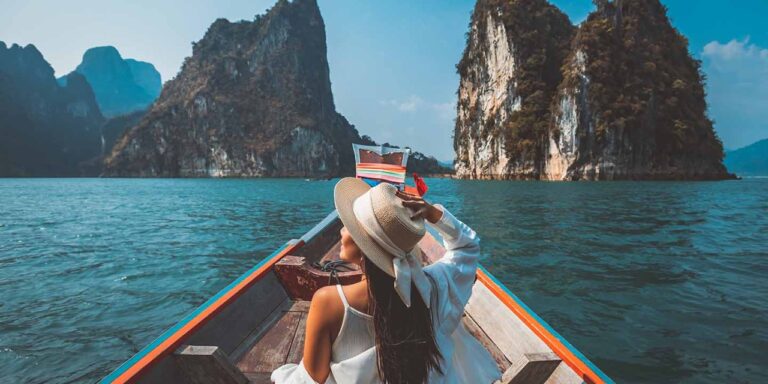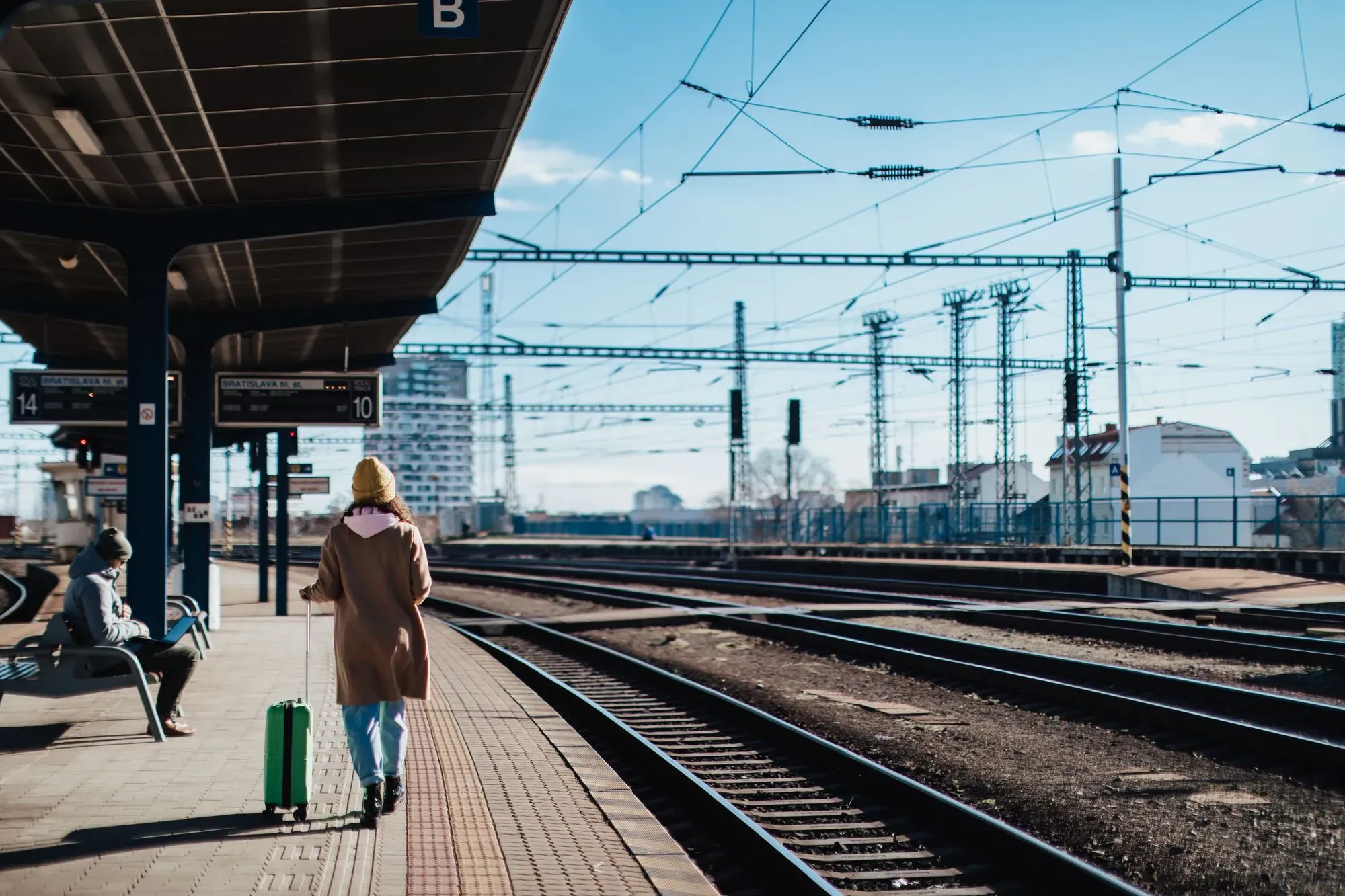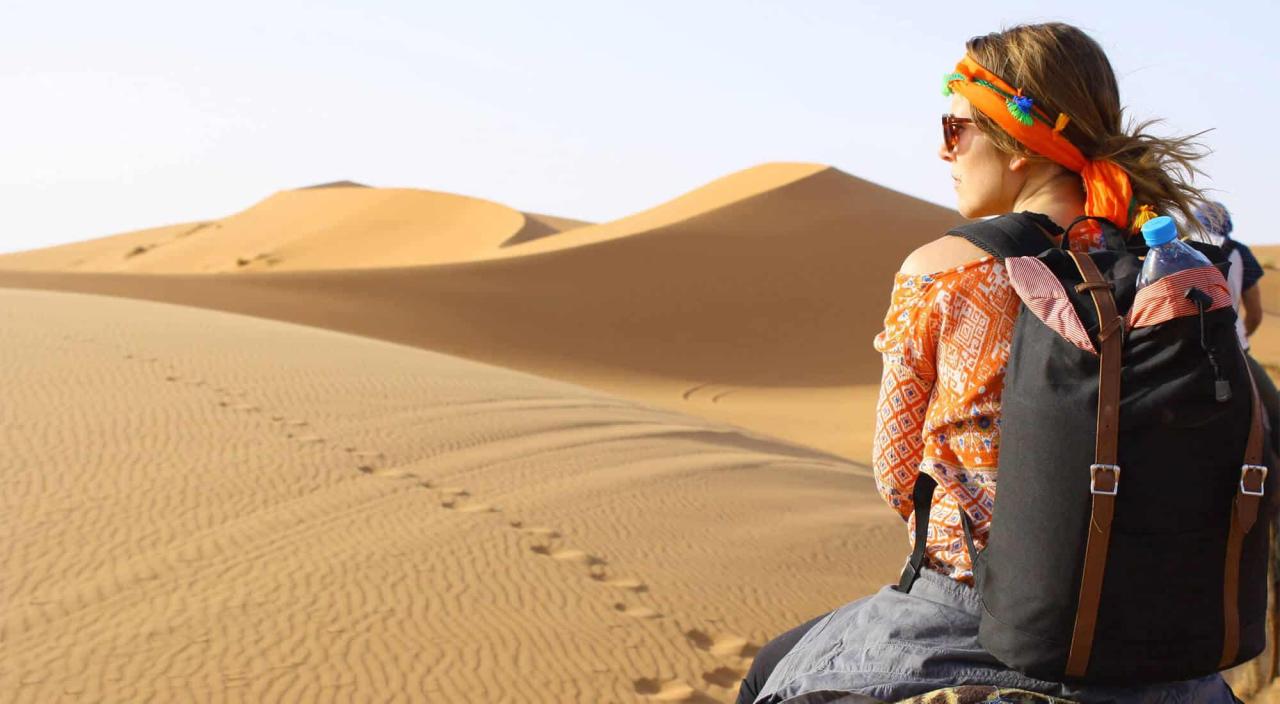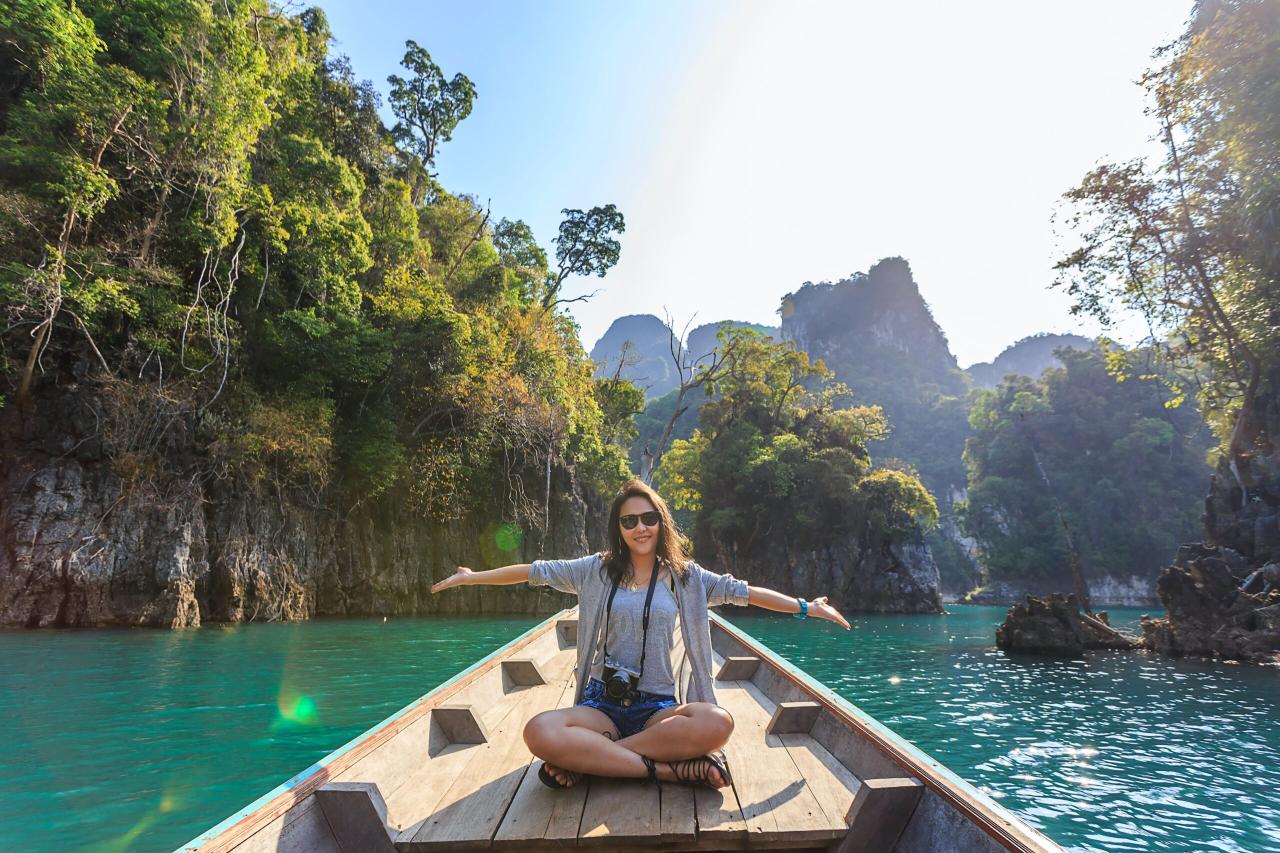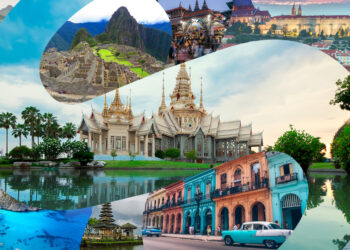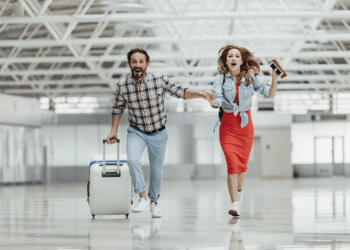Solo travel offers unparalleled freedom and self-discovery, but safety should always remain your top priority. Whether you’re a first-time solo explorer or a seasoned independent traveler, these comprehensive safety strategies will protect you while maximizing your adventure. This 2,000+ word guide covers everything from pre-trip planning to on-the-ground safety measures, blending expert advice with real-world experience to keep you secure wherever you roam.
A. Pre-Trip Safety Preparation
1. Destination Research Essentials
-
Check government travel advisories (US State Department, UK FCO)
-
Research local scams targeting tourists
-
Identify safe vs. risky neighborhoods
-
Learn emergency numbers for each country
2. Digital Security Measures
-
Install VPN on all devices
-
Set up “Find My Device” tracking
-
Create digital copies of important documents
-
Use password manager for secure logins
3. Health Precautions
-
Verify required vaccinations
-
Pack a comprehensive first-aid kit
-
Research local healthcare options
-
Purchase travel insurance with medical coverage
B. Accommodation Safety Strategies
1. Choosing Safe Lodging
-
Look for properties with 24/7 reception
-
Verify door/window locks before booking
-
Read recent safety-related reviews
-
Prefer ground-floor rooms for emergency exits
2. Hotel Safety Protocol
-
Always use the safe for valuables
-
Keep “Do Not Disturb” sign on when out
-
Test smoke detectors upon arrival
-
Learn all emergency exits
3. Alternative Accommodation Tips
-
For hostels: Bring a portable locker
-
For Airbnbs: Verify host identity
-
For homestays: Establish house rules
C. Transportation Safety Guide
1. Airport/Train Station Security
-
Beware of “helpful” strangers with luggage
-
Only use official taxis/rideshares
-
Keep bags between feet, not overhead
-
Stay in well-lit areas while waiting
2. Road Travel Precautions
-
Avoid overnight buses in high-risk areas
-
Check seatbelts before departure
-
Share ride details with trusted contact
-
Carry motion sickness medication
3. Walking/Navigation Safety
-
Download offline maps (Google Maps, Maps.me)
-
Walk confidently even when lost
-
Avoid displaying expensive phones/cameras
-
Learn basic self-defense moves
D. Money & Valuables Protection
1. Financial Safety System
-
Carry multiple payment methods (separate places)
-
Use RFID-blocking wallet/pouch
-
Set up transaction alerts on cards
-
Keep emergency cash in shoe/hidden pocket
2. Theft Prevention Techniques
-
Wear crossbody bags with slash-proof straps
-
Use decoy wallet with expired cards
-
Never leave devices unattended
-
Be wary of crowded tourist areas
3. Digital Payment Safety
-
Disable auto-connect to public WiFi
-
Use mobile payment apps when possible
-
Regularly check account activity
-
Notify bank of travel plans
E. Social Situations & Scam Avoidance
1. Common Travel Scams
-
Fake police officers asking for documents
-
“Free” bracelets that become aggressive sales
-
Taxi meters that run unusually fast
-
Spilled substance distraction thefts
2. Safe Socializing Tips
-
Meet new people in public spaces
-
Avoid revealing your accommodation
-
Limit alcohol consumption
-
Trust instincts over politeness
3. Photography Safety
-
Ask permission before photographing locals
-
Be aware of camera theft hotspots
-
Use quick-draw camera straps
-
Avoid geotagging sensitive locations
F. Gender-Specific Safety Advice
1. For Female Travelers
-
Research local cultural norms
-
Carry doorstop alarm for rooms
-
Wear fake wedding ring when needed
-
Learn local harassment reporting methods
2. For Male Travelers
-
Beware of bar/romance scams
-
Avoid late-night street confrontations
-
Watch drink spiking risks
-
Research local masculinity norms
3. LGBTQ+ Considerations
-
Check destination legality/sentiment
-
Use LGBTQ+-friendly accommodation
-
Have emergency contacts ready
-
Discretion may be necessary
G. Emergency Preparedness Plan
1. Essential Emergency Contacts
-
Local police (research non-emergency numbers)
-
Your country’s embassy/consulate
-
Travel insurance emergency line
-
Trusted back-home contact
2. Crisis Response Kit
-
Printed emergency phrases in local language
-
Backup charger/power bank
-
Basic first aid supplies
-
Local SIM card with data
3. Worst-Case Scenarios
-
Theft/loss protocol (who to call first)
-
Medical emergency steps
-
Natural disaster preparedness
-
Political unrest evacuation plan
H. Technology Safety Tools
1. Must-Have Safety Apps
-
bSafe (personal alarm system)
-
TripWhistle (emergency services locator)
-
Noonlight (discreet emergency button)
-
Smart Traveler (US government alerts)
2. Communication Backup
-
Establish check-in schedule with someone
-
Learn how to make international calls
-
Set up emergency SOS on smartphone
-
Carry a backup basic phone
3. Social Media Safety
-
Delay location posts until after leaving
-
Adjust privacy settings
-
Be vague about travel plans
-
Avoid “wealth flashing” posts
Conclusion
Solo travel safety combines preparation, awareness, and smart habits. By implementing these comprehensive strategies, you’ll dramatically reduce risks while maintaining travel freedom. Remember:
✓ Preparation prevents most problems
✓ Situational awareness is your best defense
✓ No experience is worth compromising safety
✓ Confidence and common sense go far
Tags: solo travel, travel safety, solo female travel, travel tips, adventure safety, backpacking safety, travel security, safe travel, solo trip, travel preparation

